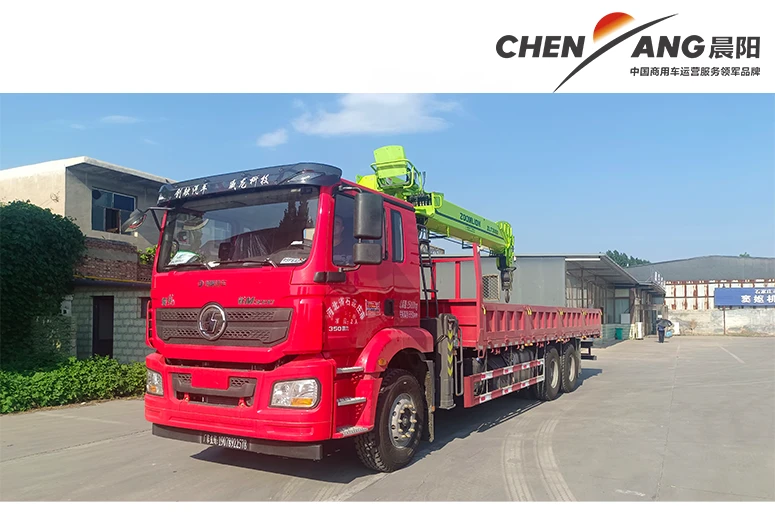truck rims and tires
Understanding Truck Rims and Tires A Comprehensive Guide
When it comes to optimizing the performance and safety of trucks, the importance of choosing the right rims and tires cannot be overstated. These two components play a critical role in a vehicle’s overall performance, handling, and durability, and understanding their intricacies is essential for both casual drivers and truck enthusiasts alike.
The Role of Rims
Truck rims, also referred to as wheels, are the circular metal components that hold and support the tires. They come in various sizes, materials, and designs, all of which contribute to the vehicle's aesthetics and functionality. The most common materials for truck rims include steel and aluminum. Steel rims are generally more durable and less expensive, making them ideal for off-road and heavy-duty applications. On the other hand, aluminum rims are lighter and often provide better performance due to their reduced unsprung weight, which can improve handling.
When selecting rims for a truck, it is crucial to consider the wheel size, which directly affects tire compatibility and overall vehicle performance. Rims are measured by their diameter and width, and an improper fit can lead to a host of problems, including decreased fuel efficiency, poor handling, and increased tire wear. Therefore, OEM (Original Equipment Manufacturer) specifications should be observed when choosing rims to ensure a proper fit for the truck model.
The Significance of Tires
truck rims and tires

Tires are equally, if not more, important than rims. They provide the necessary traction, stability, and cushioning to facilitate safe driving. Truck tires come in several types, including all-terrain, mud-terrain, and highway tires, each designed for specific driving conditions. For instance, all-terrain tires are versatile and handle both on-road and off-road conditions well, making them perfect for trucks that frequently transition between different terrains. In contrast, mud-terrain tires feature deeper treads for enhanced grip in soft, muddy conditions but may produce more road noise on highways.
When selecting tires, it’s essential to consider the truck’s primary use, as well as the climate and terrain of the regions in which it will be driven. Other factors to keep in mind include tire size, load rating, and tread pattern. The load rating indicates the maximum weight a tire can safely carry and is particularly important for trucks that frequently haul heavy loads.
Maintenance and Care
Maintaining truck rims and tires is essential for extending their life and ensuring optimal performance. Regular inspections for signs of wear, such as cracks, bulges, or uneven tread wear, should be conducted. Additionally, appropriate inflation levels must be maintained, as under-inflated or over-inflated tires can lead to reduced performance and increased wear. Checking the alignment and balance of rims and tires is also crucial to prevent uneven wear and to make sure the truck handles correctly.
Conclusion
Choosing the right rims and tires for your truck is a significant decision that can impact performance, safety, and aesthetics. By understanding the various options available and their implications, truck owners can make informed decisions that suit their specific driving needs. Regular maintenance and care further ensure that these components remain in top condition, enhancing the overall driving experience. Whether you’re an everyday driver or a hardcore enthusiast, taking the time to understand and invest in quality rims and tires will pay off in both performance and safety on the road.
-
SINOTRUK HOWO 84 Electric Dump Truck for Eco-Friendly Heavy HaulingNewsJul.26,2025
-
The Fast 16-Gear Manual Transmission Assembly for Heavy TrucksNewsJul.25,2025
-
Mercedes Benz Actros 1848 42 Tractor Truck for Sale - Reliable PerformanceNewsJul.24,2025
-
High-Quality Water Pump Assembly for Sinotruk Trucks – Durable & ReliableNewsJul.23,2025
-
Premium Truck Engine Antifreeze Coolant Fluid for Heavy Duty VehiclesNewsJul.22,2025
-
FOTON View G7 Mini Bus: Affordable & Spacious TransportNewsJul.22,2025
Popular products

























